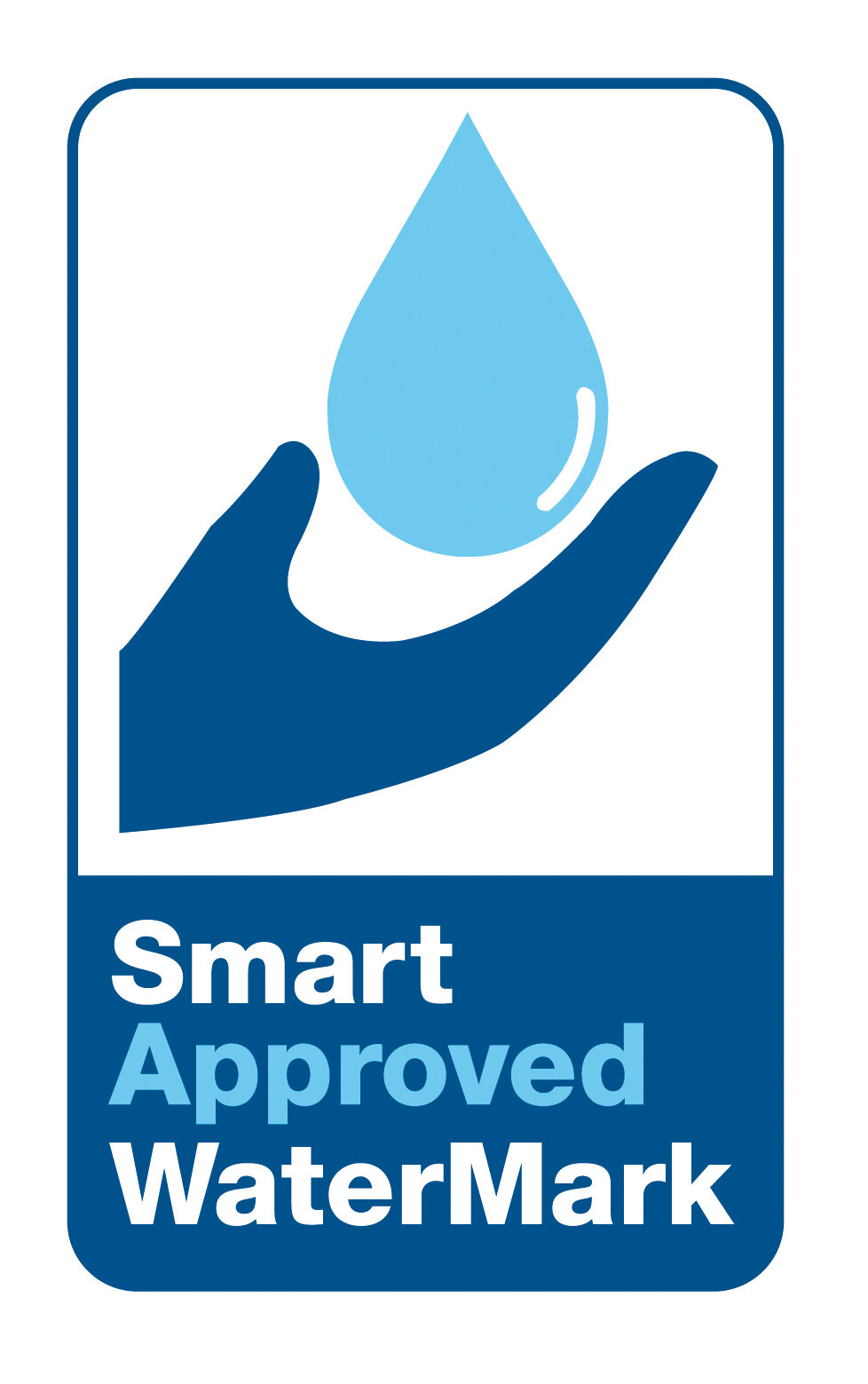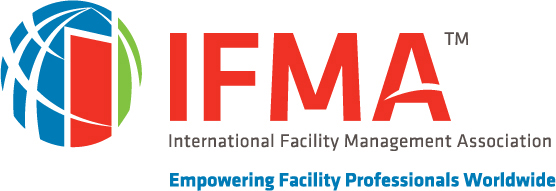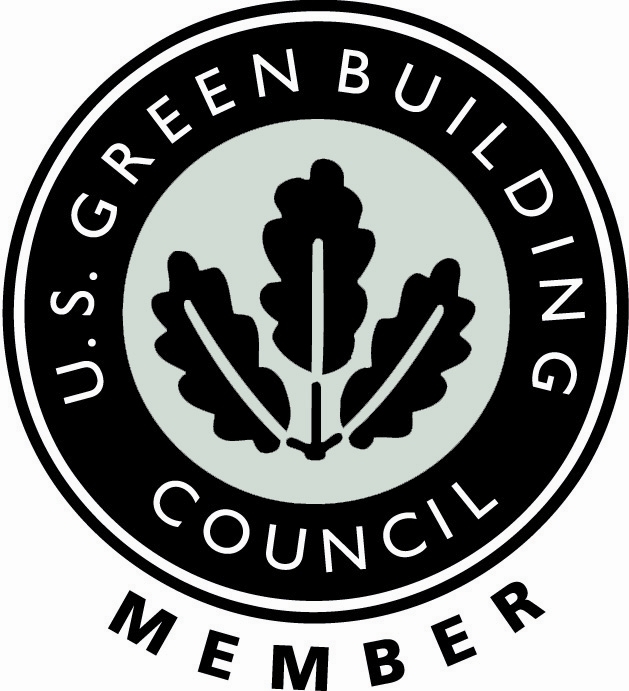As global awareness of water sustainability grows, it’s essential that facilities managers recognize their important role in this effort.
Water sustainability involves managing water resources efficiently and fairly to ensure long-term availability for current and future generations. It’s not just about conserving water—it’s about preserving the quality and supply of freshwater across all sectors, including commercial buildings.
This movement gained momentum in 2010 when the United Nations declared access to clean water a basic human right, underscoring its significance to health, dignity, and economic stability.
The resolution was driven by projections that population growth, urbanization, and economic expansion would sharply increase global water demand. According to UN studies, two-thirds of the world’s population could face water shortages—and North America is not immune.
Why Facilities Managers Must Act
Changes in our climate have intensified the urgency. Shifting weather patterns and rising temperatures are affecting global water supplies.
Some rainy regions are drying up, while typically arid areas are experiencing heavy rainfall. More frequent natural disasters like floods and droughts are damaging infrastructure and disrupting water distribution and treatment systems—further straining water availability.
Commercial buildings contribute significantly to this issue. The U.S. Environmental Protection Agency (EPA) estimates that nearly 10% of all water use in the country occurs in commercial facilities. Office buildings are a major part of that, with each tenant using about 20 gallons per day. The main uses? Restrooms, HVAC systems, and landscaping.
This gives facilities managers a unique opportunity—and responsibility—to lead water sustainability efforts.
Solutions for Water Sustainability
Here are some proven and emerging strategies that facilities managers can implement:
Desalination
Desalination turns seawater into drinkable water by removing salt and minerals. While traditionally expensive, recent advancements have reduced costs by 45%, making it a more viable option in many regions.
Rainwater Harvesting
This involves collecting and storing rainwater for later use. Once a basic survival method, it’s now supported by modern infrastructure and government programs. Harvested water can be used for irrigation, cooling, and flushing toilets.
Water-Efficient Fixtures
Installing low-flow toilets, faucets, waterless urinals, and smart irrigation systems can significantly reduce water use. These technologies also raise awareness—users often become more conscious of their consumption when such systems are in place.
Water Reuse
Advanced treatment facilities can now filter and purify wastewater for reuse. Many buildings also use onsite non-potable water reuse systems (ONWS), which recycle greywater for non-drinking purposes like flushing and landscaping.
Facilities Managers as Water Stewards
Facilities managers are on the front lines of the sustainability movement. By adopting these technologies and practices, they can greatly reduce their buildings’ water footprint and help address the global water crisis.
Their efforts not only conserve a precious resource but also promote a culture of sustainability within the workplace. With the right tools and strategies, facility managers can play a critical role in ensuring water availability for future generations.
Klaus Reichardt is the founder and CEO of Waterless Co. Inc., a provider of waterless urinals and restroom products. He can be reached at www.waterless.com.










